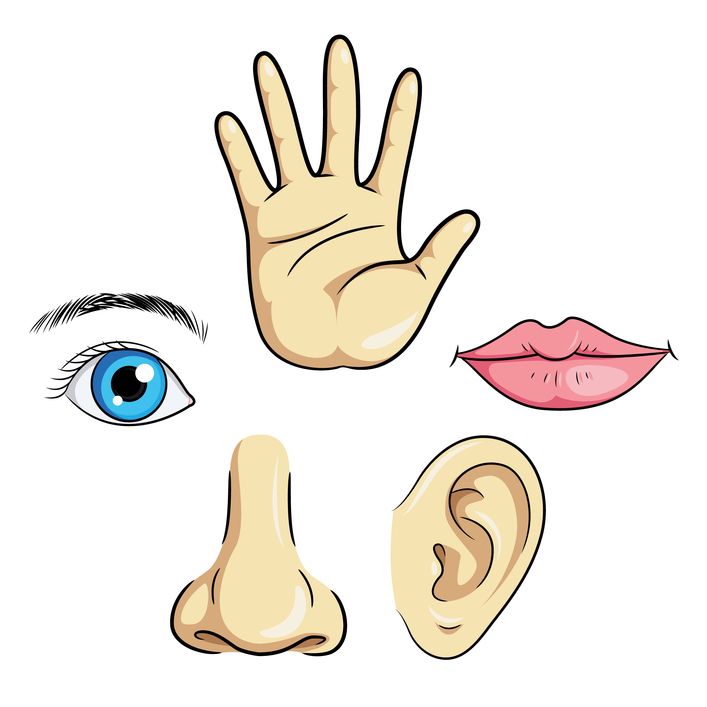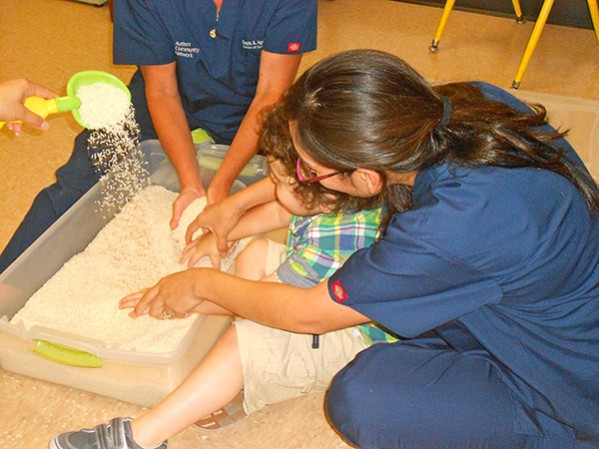5 Focuses For Creating a Learning Environment in the Home
When it comes to setting the stage for learning, individuals on the Autism Spectrum need to continue their learning experiences even after school. This requires responsibility from therapists, caregivers, and parents. Each must work together to help create a learning environment in the home that continues to provide opportunity to expand the vital skillsContinue Reading













